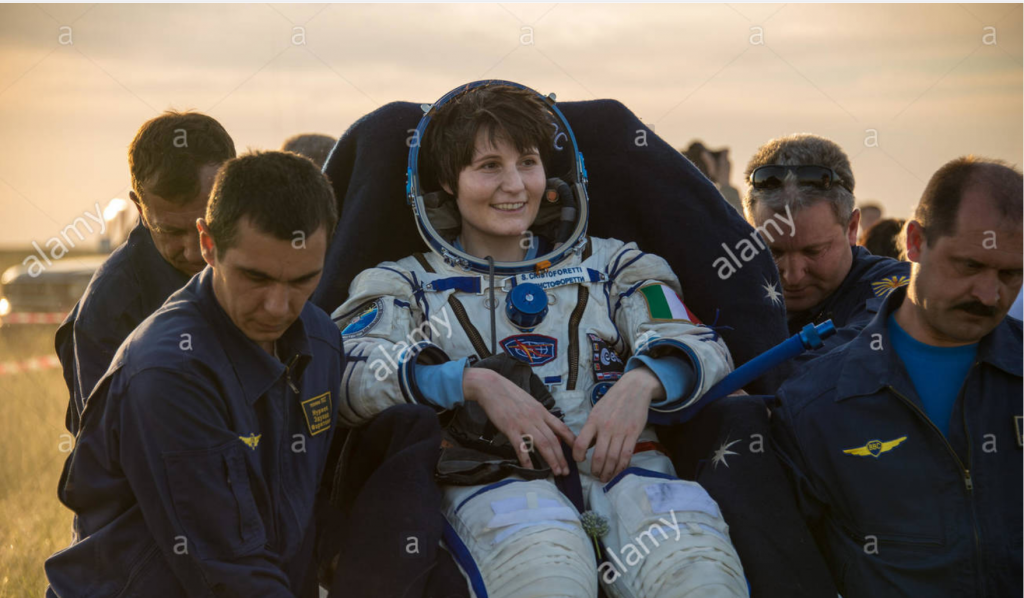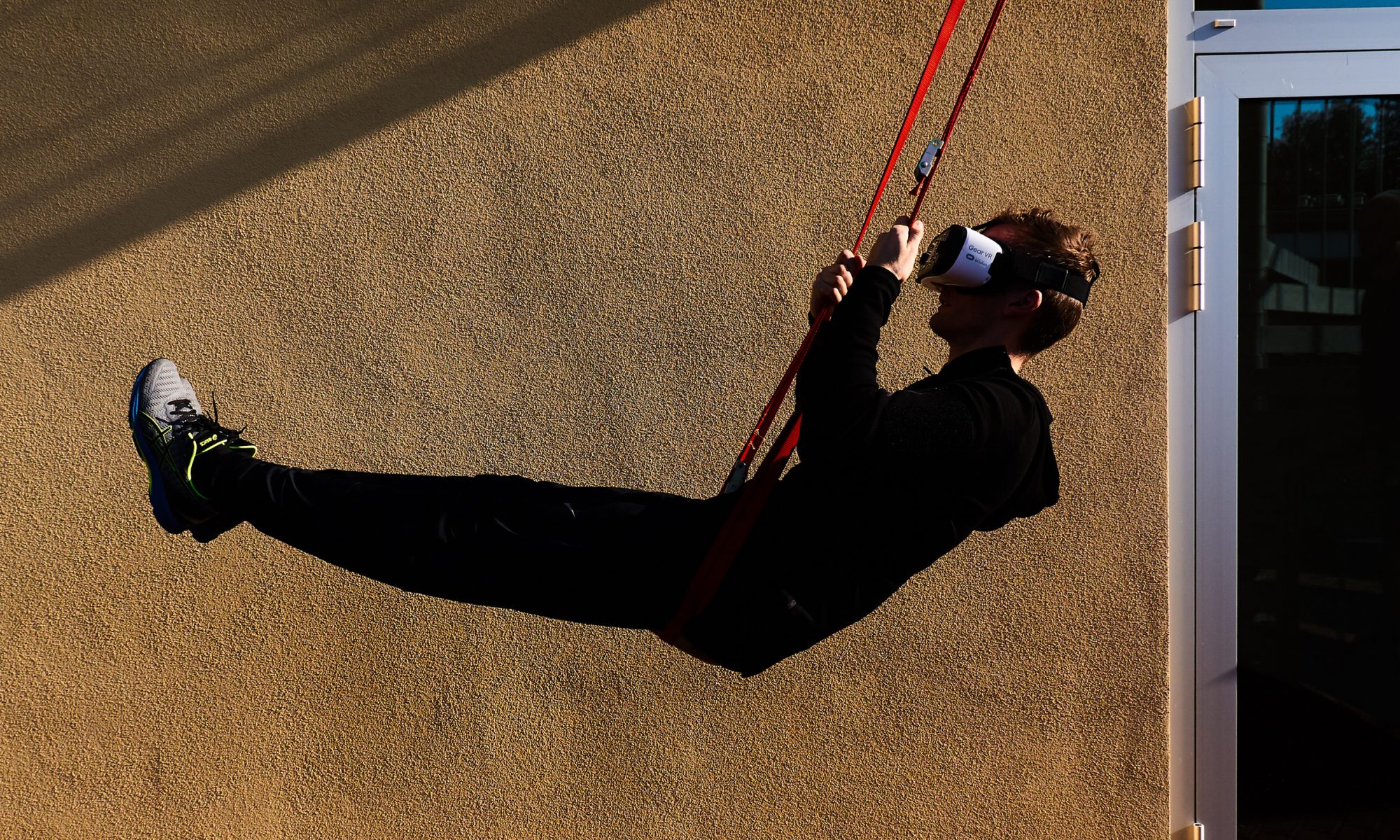Overview of Inbodied Interaction 101 – 2021 version – WELCOME!
While increasing numbers of HCI Designers or Researchers design tools for health and wellbeing, few have a background in human anatomy and physiology.
Inbodied Interaction 101 provides a fundamental orientation to human anatomy and physiology specifically framed for HCI designers, researchers and engineers that students will be able to use immediately to inform their own designs.
The models offer practical orientation for any designer interested in developing tools to support human performance, health and wellbeing, both physically, socially and cognitively. It will help anyone whose work touches the human body – from mixed reality to behaviour mediation, all of which are mediated by the state of the body.

Students will learn fundamental physiological parameters within our anatomy to support these states. Students will also test these approaches in class, to see how they can be used for both evaluation and design of innovative, inbodied-aligned designs.
Course Content: Overview
The course is designed into four main sections: 1. an overview of the core organizing processes of the body; 2. how these processes create a specific set of variable parameters for interaction, both within and around the body, 3. the translation of these processes into a model for interaction and 4. the parameters of that model (to date): worked examples applying these parameters for design; next steps for diving deeper into inbodied processes, and application of the model beyond individuals.
Part 1: What is a Human Body – Attributes and Processes
As a way to orient our exploration in this course, we begin by considering two key components: attributes and processes. In terms of attributes, we will overview the main properties of our physiology that will directly inform our interaction designs. These parameters range from plasticity to efficiency. In terms of processes, we will consider the three core interlinked processes that are essential to human life: homeostasis, metabolism and adaptation – and that by their very nature, actually allow us to create designs that are profoundly unhealthy over time.

By explicating these components, we will then be able to situate them as materials for design – to ask how are these specific qualities being utilized or ignored? What are the rationales for these exclusions or inclusions?
Part 2: What are the Parameters of Interaction with these Attributes and Processes
Based on the process and attribute models of part 1, we can frame five essential processes that the body requires to maintain life, and four surrounding environmental parameters that are likewise essential in that every cell (the smallest unit of life) in our bodies. We call the internal requirements the inbodied five or in5 [6] of Move, Eat, Engage, Cogitate, Sleep. The environmental parameters of Air, Light, Gravity and the Microbiome, we call the cirucmbodied 4 or c4 [3,7].
We review two other parameters that are also always operating and fundentally effect how the in5 and c4 interact. These are Time (T) and Context (C). Together these attributes form inbodied interactions fundamental design model, called “tuning.” The model can be expressed as Tuning = (in5 + C4)/(T+C).
![16. Ray of dusty light - Deconstructing the Elements with 3ds Max, 3rd Edition [Book]](https://www.oreilly.com/library/view/deconstructing-the-elements/9780240521268/images/figu16_1.jpg)
Within each of these attributes are continua that can be varied within a design. For example, Move ranges from still to active; eat from sated to fasted. Light varies from bright to dark. Each of these parameter values can be tuned to support wellbeing and performance. We will consider how that tuning can be operationalized in alignment with the fundamental models of part 1’s attributes and processes.
Further we will also consider three other design attributes related to the Part 1 model, that are part of the Tuning approach. These consider Process Ownership Continua of insourcing to outsourcing, raw to cyborg, discomfort to ease [4,10]. In other words, we can again make deliberate paratmeters for health designs that often remain implicit. For example, is our design trying to support developing knowledge skills and practice around a certain area, such as learning how to build and maintain aerobic fitness (insourcing) or is the design itselg taking the role of managing the strategies for a practice (e.g. follow along workouts – outsourcing) [9]Is the design building a new capacity like learning how to solve a particular kind of problem (raw) or is it creating a mechanism to enable this experience (cyborg as per Haraway[11] ).

A key attribute of our inbodied fundamental process, Adaptation, is discomfort: adaptation whether physical, mental or social, means embracing some degree of discomfort for some period at some intensity as new capacity is created (in Inbodied Interaction 102, we look at more of the mechanisms of that adaptation). Whether a design supports outsourcing or insourcing of a practice, or adding capacity via cyborging, there may be an adaptation process either in following guidance or building a new skill to use the cyborg’d capacity. Designing to help someone embrace that discomfort to create that adaptation to sustain that process is a novel design parameter of inbodied interaction to make this very physiological, inbodied attribute another explicit material for a student’s design.
By creating explicit inbodied parameters like these as qualities of health designs, we can also explore values that may be implicitly embedded in an approach, and be able us reflect on these more deliberately and equitably.
Part 3 Testing the Model – Practical Work
A key asset from this course will be to have practical experience of using the inbodied/tuning model both for critique/evaluation of designs and for creating new interactive designs. To this end, we will have small group sessions to work through applications of the Tuning model in two contexts: critique and innovation. Groups will then present their results to the whole class for further refinement and exploration. This practice will enable students to assess their new knowledge in practice, and provide opportunities, based on that practice to raise questions that often only emerge from a hands-on test.
CRITIQUE The course will offer several current examples of health-oriented interaction designs from commercial and research contexts where the focus will be to use the attributes of the Tuning model as lenses to describe the model and likely assumptions of the device/interaction. The goal of the exercise will be to see how Tuning can be used as an evaluative mechanism. We will also make the point that this is not to say that a particular design is good or bad relative to the degree it aligns with a particular continua’s setting. On the contrary, it is particularly to see what happens to our understanding and use of a design space as we can make these parameters more explicit. Where is this explication helpful in terms of our inbodied goal to “align a design” with our internal fundamental processes, to optimize performance, wellbeing?
Innovation In this section we will use the tuning model parameters as constraints against which groups will propose design approaches. Again, the designs will be presented to the group for alignment with the brief, to review challenges with application, and to critique the design candidates. For example, a design spec may be to “stack” an in5 attribute with a c4 attribute as part of creating an associated adaptation within two weeks, for a group at work. We might also leave open the degree to which the design is insourced or outsourced, with a focus on being able to discuss the trade offs of either orientation.
Part 4: Building from 101 as Orientation
In this part of the course we will touch on future paths for going deeper into each part of the course parameters. For example Inbodied Interaction 102 is one place that will go into more detail on how the first model of the course – homeostasis, metabolism and adaptation – works in terms of its neuro-physiology. That is a follow on course to this one (and recommended for more knowledge, skills and practice in this space).
We will also consider pathways for each of the in5 and c4 to move into the physiology informing these. For example, how learn more about how light and the qualities of light are used by the cells of the body as a special sence and also as a fundamental organ synchronizer, and how that can be used in, for exampler, VR designs.
Another two areas we will consider for ongoing research are: translating this approach from individual to group interaction and infrastructure interaction. For example: how design infrastructure to support quality sleep for all? What would we need to know about sleep, light and associated in5/c4 to support this? What would we need to know about the in5 Engage as cultural practice, potentially to see the design possibilities?
Instructor: m.c. schraefel
Refs
[1] Josh Andres, m.c. schraefel, Aaron Tabor, and Eric B. Hekler. 2019. The Body As Starting Point: Applying Inside Body Knowledge for Inbodied Design. In Extended Abstracts of the 2019 CHI Conference on Human Factors in Computing Systems (CHI EA ’19), ACM, New York, NY, USA, W32:1-W32:8. DOI:https://doi.org/10.1145/3290607.3299023
[2] Jay K, Brandt M, Jakobsen MD, Sundstrup E, Berthelsen KG, Schraefel M, Sjøgaard G, and Andersen LL. 2016. Ten weeks of physical-cognitive-mindfulness training reduces fear-avoidance beliefs about work-related activity: Randomized controlled trial. Medicine (2016). DOI:https://doi.org/10.1097/md.0000000000003945
[3] Elizabeth Murnane. 2020. Inbodied interaction design example: chronobiology-friendly technology. interactions 27, 2 (February 2020), 54–55. DOI:https://doi.org/10.1145/3380938
[4] M. C. Schraefel, Scott Bateman, Adrian Friday, and Josh Andres. 2019. The uncomfortable workshop: exploring discomfort design for wellbeing and sustainability. In Proceedings of the 2019 ACM International Joint Conference on Pervasive and Ubiquitous Computing and Proceedings of the 2019 ACM International Symposium on Wearable Computers – UbiComp/ISWC ’19, ACM Press, London, United Kingdom, 1083–1086. DOI:https://doi.org/10.1145/3341162.3347767
[5] m.c. schraefel. 2015. Mobile Being: How Inbodied & Embodied Practice May Inform Mobile Cognition. In Proceedings of the 17th International Conference on Human-Computer Interaction with Mobile Devices and Services Adjunct (MobileHCI ’15), ACM, New York, NY, USA, 974–985. DOI:https://doi.org/10.1145/2786567.2794322
[6] m.c. schraefel. 2019. In5: A Model for Inbodied Interaction. In Extended Abstracts of the 2019 CHI Conference on Human Factors in Computing Systems (CHI EA ’19), ACM, New York, NY, USA, LBW1818:1-LBW1818:6. DOI:https://doi.org/10.1145/3290607.3312977
[7] m.c. schraefel. 2020. Introduction. interactions 27, 2 (February 2020), 32–37. DOI:https://doi.org/10.1145/3380811
[8] m.c. schraefel, Elise van den Hoven, and Josh Andres. 2018. The Body As Starting Point: Exploring Inside and Around Body Boundaries for Body-Centric Computing Design. In Extended Abstracts of the 2018 CHI Conference on Human Factors in Computing Systems (CHI EA ’18), ACM, New York, NY, USA, W02:1-W02:7. DOI:https://doi.org/10.1145/3170427.3170638
[9] m.c. schraefel, Aaron Tabor, and Josh Andres. 2020. Toward insourcing-measurement in inbodied interaction design. interactions 27, 2 (February 2020), 56–60. DOI:https://doi.org/10.1145/3381340
[10] m.c. schraefel, Aaron Tabor, and Elizabeth Murnane. 2020. Discomfort design. interactions 27, 2 (February 2020), 40–45. DOI:https://doi.org/10.1145/3381875
[11] A Cyborg Manifesto. Retrieved December 30, 2020 from https://theanarchistlibrary.org/library/donna-harroway-a-cyborg-manifesto-1 [12] 2019 SUMMER SCHOOL on Inbodied Interaction – Wellthlab. Retrieved October 15, 2019 from https://wellthlab.soton.ac.uk/i
